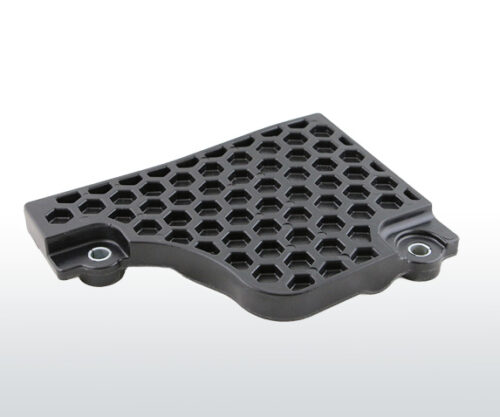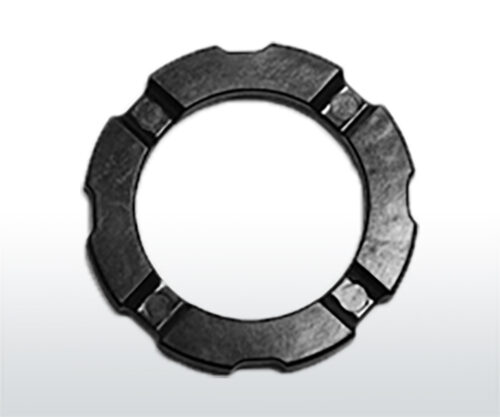Using Thermosets in High Temperature Applications
 Thermosets are used in molding applications requiring an end-part or product assembly to remain dimensionally stable within challenging and aggressive environments. One of the main benefits of using a thermoset in a molded application is thermosets’ heat resistance and high deflection temperatures that allow the molded components to exhibit excellent dimensional stability, durability, strength, and creep resistance while exposed to elevated operating temperatures. Thermoset materials offer heat resistance up to 400F-500F continuous operating temperatures, depending on the material formulation, whereas thermoplastic molding materials such as a nylon or ABS may melt or disfigure, jeopardizing the integrity of the product or assembly.
Thermosets are used in molding applications requiring an end-part or product assembly to remain dimensionally stable within challenging and aggressive environments. One of the main benefits of using a thermoset in a molded application is thermosets’ heat resistance and high deflection temperatures that allow the molded components to exhibit excellent dimensional stability, durability, strength, and creep resistance while exposed to elevated operating temperatures. Thermoset materials offer heat resistance up to 400F-500F continuous operating temperatures, depending on the material formulation, whereas thermoplastic molding materials such as a nylon or ABS may melt or disfigure, jeopardizing the integrity of the product or assembly.
Applications such as electrical housings, covers, and terminal blocks must remain dimensionally stable under high temperatures to protect internal components from being damaged.  In automotive applications, some powertrain or transmission parts may also see high operating temperatures from the engine or transmission, which can even be magnified in the summer months or with continuous use. Additionally, electrical insulators and circuit breaker applications require an insulative material to limit heat dissipation into internal electrical components or cabling. Grill handles, oven/ range components, and bases and covers for small consumer cooking appliances all rely on thermosets to not only protect internal components but allow safe handling for the customer and product user. Outside of high-cost aerospace materials, thermoplastics do not offer the same level of heat resistance and temperature deflection properties as a molded thermoset will.
In automotive applications, some powertrain or transmission parts may also see high operating temperatures from the engine or transmission, which can even be magnified in the summer months or with continuous use. Additionally, electrical insulators and circuit breaker applications require an insulative material to limit heat dissipation into internal electrical components or cabling. Grill handles, oven/ range components, and bases and covers for small consumer cooking appliances all rely on thermosets to not only protect internal components but allow safe handling for the customer and product user. Outside of high-cost aerospace materials, thermoplastics do not offer the same level of heat resistance and temperature deflection properties as a molded thermoset will.



Comments are closed